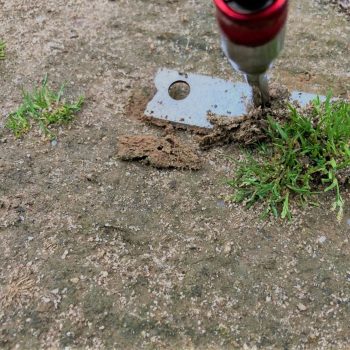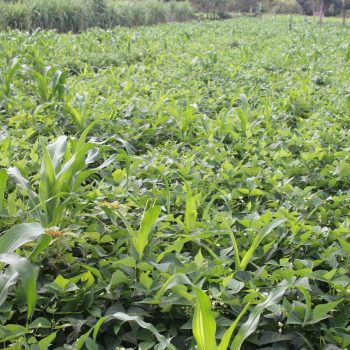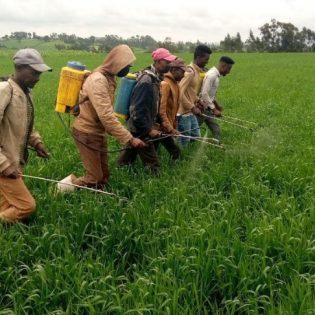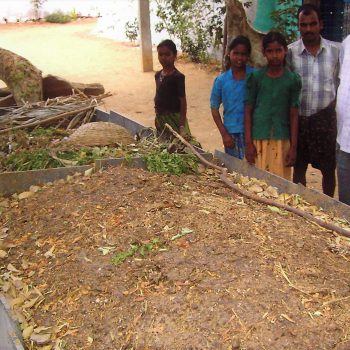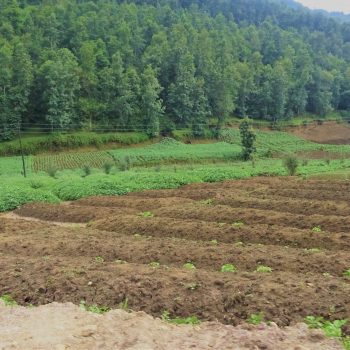The most common practice to maintain adequate amounts of micronutrients in the soil and thus enhance their uptake by the crops, is by direct application of chemical fertilisers or by applying organic fertilizers. The direct application of micronutrients to soils is the most common method, however it is known to decrease the availability as they react with soil minerals and organic matter and become unavailable to plants. However, when considering organic sources of micronutrients such as farm yard manure, compost, oil cakes, liquid organic manures, biofertilizers, animal manures and organically approved amendments, it is important to consider these within an entire farming approach. This including: cropping system management viz., green manures (one season in a year), crop rotation, intercropping and crop residues management as mulch (Anand et al., 2019). The organic fertiliser and amendment techniques have been fostered as the most feasible and sustainable approach to restore soil fertility (Masunaga & Fong, 2018).
Micro-nutrients in adequate supplies increase the growth and yield of plants, thereby protecting the plants from adverse effects of various biotic and abiotic stresses.
| References: | Anand, M.R., Kumar, H.S., Kommireddy, P., & Murthy, K.N.K. (2019). Secondary and Micronutrient Management Practices in Organic Farming- An Overview. Current Agriculture Research Journal, 7(1), 04–18. https://doi.org/10.12944/CARJ.7.1.02
Masunaga, T., & Fong, J. (2018). Strategies for Increasing Micronutrient Availability in Soil for Plant Uptake. In Plant Micronutrient Use Efficiency (pp. 195–208). https://doi.org/10.1016/B978-0-12-812104-7.00013-7 Tripathi, D. K., Singh, S., Singh, S., Mishra, S., Chauhan, D. K., & Dubey, N. K. (2015). Micronutrients and their diverse role in agricultural crops: advances and future prospective. Acta Physiologiae Plantarum, 37(7), 139. https://doi.org/10.1007/s11738-015-1870-3 |
Additional information
| Agriculture | Flood/spate irrigated, Irrigated, Rainfed (Crop) |
|---|


